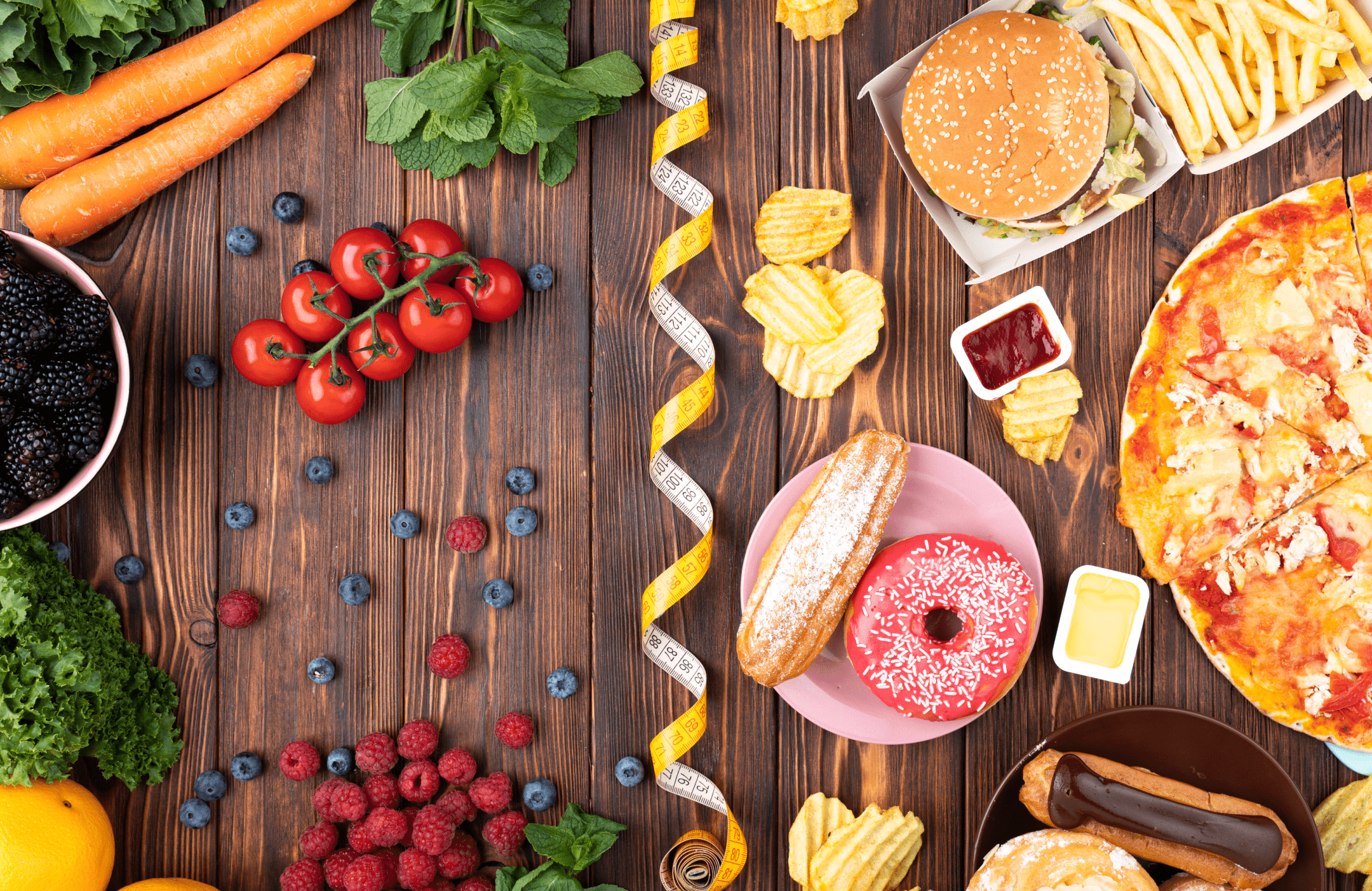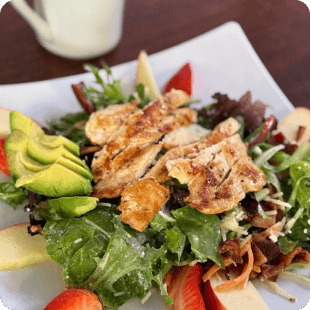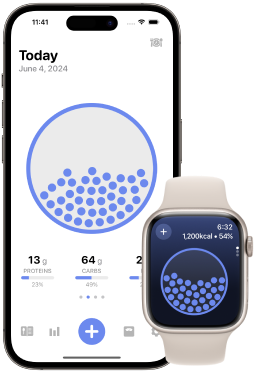
Yes, Fast Food Can Be Healthy Too! Here’s How
Understanding the Fast Food Dilemma
The biggest issue with fast food isn’t that it’s inherently “bad,” but that it’s often consumed in excess and without consideration for balance. A single fast-food meal can easily exceed daily recommendations for sodium, sugar, saturated fat, and calories. According to the CDC, over 36% of adults in the U.S. consume fast food on any given day. That number isn’t necessarily alarming; what’s more important is how that food is chosen and incorporated into a person’s broader diet. If fast food makes a regular appearance in your week, the good news is you don’t need to quit cold turkey. You just need a strategy.
1. Reframe Fast Food: It’s Not All Burgers and Fries
The fast food industry has evolved in response to growing awareness around nutrition. Many chains now offer healthier options that include:
2. Pick a Better Choice of Protein
While red meats are packed with nutrition and vitamins, at times lean protein comes out to be a better option when focusing on weight loss. Proteins are essential to keep your muscles growing. It is a significant part of your diet but with individual preferences, it can make or break your healthy lifestyle. As per the FDA, the recommended daily allowance of protein should be your 0.01g of your body weight. If you are 56 kg, your protein intake should be 56 gm. Healthiest Protein Sources1. Wild-Caught Fatty Fish (e.g., salmon, sardines, mackerel): High in omega-3 fatty acids, lean protein, vitamin D, and B12
2. Skinless Poultry (chicken or turkey breast): Lean, low in saturated fat, high in protein.
3. Eggs: High-quality protein, choline for brain health, inexpensive
4. Legumes (lentils, beans, chickpeas): Plant-based protein, fiber, no saturated fat, heart-healthy
5. Tofu and Tempeh: Complete plant protein, contains isoflavones (linked to reduced cancer risk)


3. Focus on Fiber
Fiber not only keeps one fuller for a longer period but also aids in digestion and helps in weight control. However, unknowingly, we tend to focus on the taste and less on the nutritious aspect of the food. Want to know how much fiber you consume of daily value? Use Calory app and start tracking your macro intake from your meal. While it is not always easy to know the fiber in your diet from a fast food chain, it is not nearly non-viable. With a little effort and wanting to live a healthier life, it can become easier. Opt for a menu item that has more than 4 grams of fiber and add on some more veggies to make it a fiber-packed meal.4. Build a Balanced Fast Food Meal
When planning or ordering a fast-food meal, aim for the holy trinity of nutrition:Protein keeps you full and fuels your muscles.
Healthy Carbs provides energy and supports brain function.
Fiber & Micronutrients: Supports digestion and overall wellness.

Here are some balanced examples:
| Restaurant Type | Healthier Meal Option |
|---|---|
| Burger place | Grilled chicken sandwich + side salad + water |
| Sandwich Shop | Turkey sub on whole wheat, loaded with veggies, no mayo |
| Mexican Fast Food | Burrito bowl with brown rice, black beans, grilled chicken, veggies, salsa |
| Coffee Chain | Oatmeal with nuts and fruit + black coffee or unsweetened tea |
| Pizza Place | Thin-crust veggie pizza + side salad |

